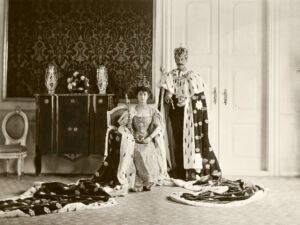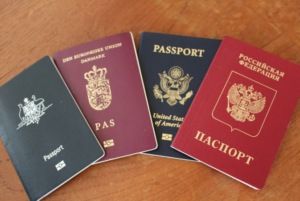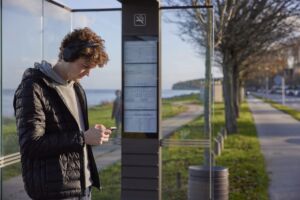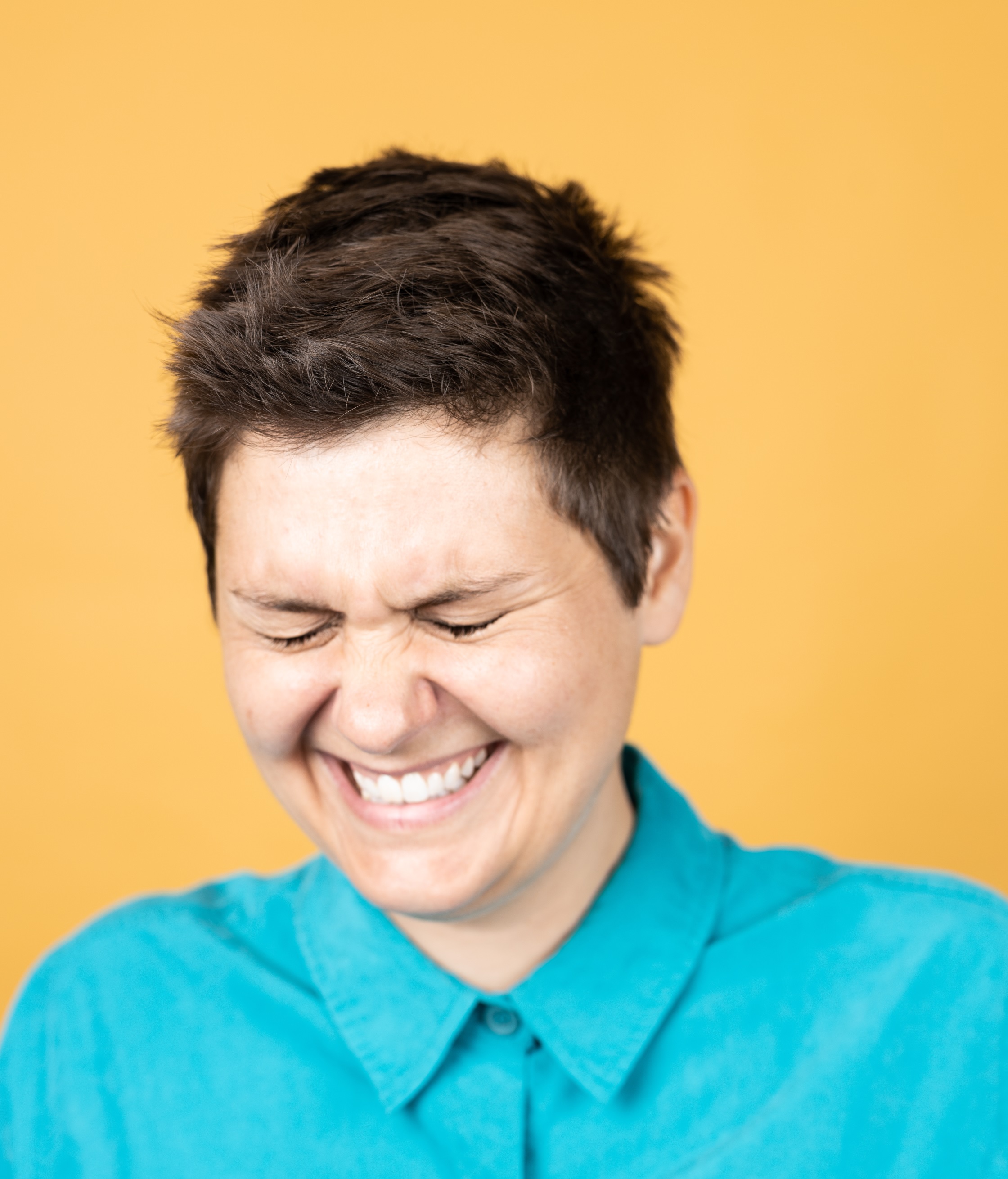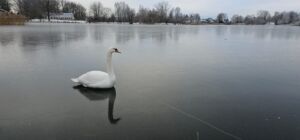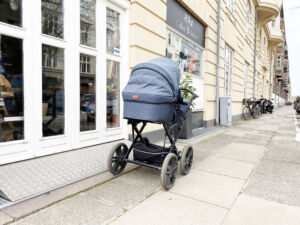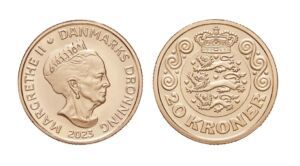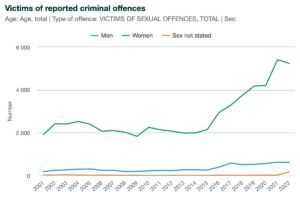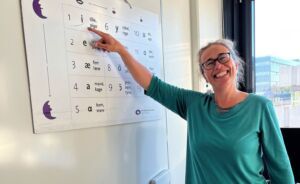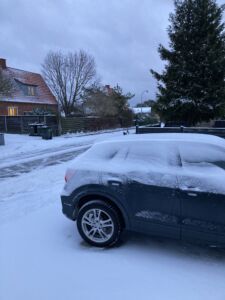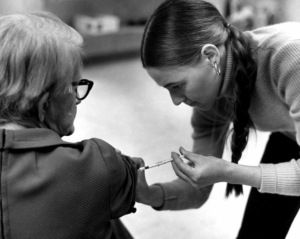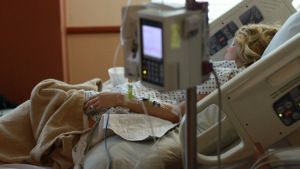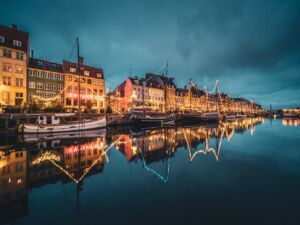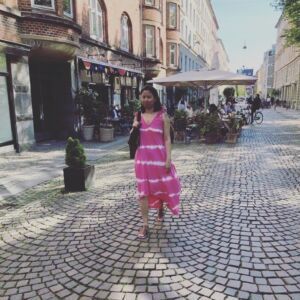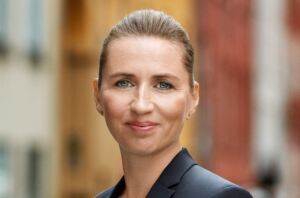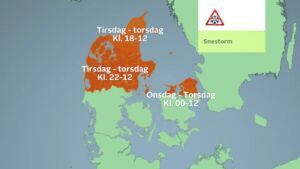News
Central Jutland: home of Aarhus, the Jelling stones and Legoland
This article is more than 11 years old.
Getting there is easy, as is finding somewhere to stay
In central Jutland’s northeastern corner, you’ll find Ebeltoft, a scenic town with crooked streets, local handicraft shops and half-timbered buildings that are home to the 1860 Jylland, the oldest man-of-war sailing ship in Denmark.
Wandering the cobblestone streets is like going back in time. Due to two centuries of economic stagnation, it remained virtually untouched.
(Photos: Colourbox)
But in the 1960s, it suddenly became a tourist attraction: this town is the largest gateway to the Mols Bjerge national park, famous for its varied coastline and moraine hills formed by glaciers 14,000 years ago.
From here, you can reach Denmark’s major seaport and second-largest city, Aarhus. A vibrant hub with 40,000 students, it has many winding, colourful streets, and the canal side brims with cafés and bars.
ARoS, a contemporary art museum, is visible throughout the town due to its famous ‘rainbow panorama’ that crowns the city. There are a variety of bookshop cafés that offer quality coffee and cake in cosy surroundings, such as Løves Bog- og Vincafé.
Aarhus is the ideal mix of countryside and city. The park called ‘Dyrehaven’ has free-roaming and friendly deer; to the south of Aarhus lies Risskov forest, where the far-reaching sandy beach is easily accessible for a quick dip or a picnic if the weather is good.
There is also ‘Den permanente’ – a historical outdoor sea bath with saunas and a sheltered beach.
Vikings settled here 1,200 years ago, and the treasures of Moesgard Museum explore this history, in addition to housing the mummified Graubelle Man of 80 BC.
The Silkeborg Lake District is nearby, with Jutland’s largest – Lake Mossø – and there’s the Labyrinthia theme park, which is perfect for a challenging day in the world of mazes.
Many historical sites are tucked away in unassuming villages.
Built in 1100, Veng Abbey is Denmark’s oldest monastery, and close by is Skanderborg Castle, a traditional hunting retreat for Danish kings from the 12th to 16th centuries.
To the south lies the quietly important and UNESCO-protected village of Jelling, once the royal seat for King Gorm the Old – a 10th century Viking who conquered Jutland, Funen and Zealand to establish Denmark.
There are two runic stones here: the smaller and older of them has an inscription in memory of Gorm’s wife, which is considered to be the first recorded use of the name ‘Denmark’.

As in many Danish towns during the summer months, history is brought to life during an immersive Viking festival in July.
For thrills of a wilder kind, there is Givskud Zoo where you can drive through the largest pride of lions in Scandinavia.
Further north is Ringkobing Fjord, where a narrow piece of sandy land just 35 kilometres long separates the Fjord from the North Sea.
It’s the perfect place for watersports, and the historic town is an idyllic holiday spot.
Stay
Depending on your preference, a variety of needs can be catered to – from one of Denmark’s 550 camping sites to luxury hotels, historic houses, hostels and even a farm holiday, where you can be immersed in Denmark’s countryside culture.

In Aarhus, City Hotel Oasia is a friendly, bright, minimalist and charming hotel.
Our pick
Stay a night or two in a cosy inn, many of which have retained their 18th-century rusticity. They can often be found in the open countryside, surrounded by beautiful scenery.
Search for accommodation to find something that suits your location at visitdenmark.dk.
Do
In Billund visit Legoland, where detailed miniature cities and famous landmarks made from the small plastic bricks, are sure to fascinate.

In Vejle, take a trip to Ecolarium, a centre that aims to raise awareness about environmental issues and the potential of alternative energy.
Grejsdalen valley northwest of Vejle is Denmark’s largest gorge. The area is unique and the scenery is striking with its forest-covered slopes.
Silkeborg offers a variety of activities, such as canoeing and hiking. Try to see the impressive view from Himmelbjerget (the Sky Mountain) near Ry.

For those interested in history, the 2,400-year-old remains of the perfectly preserved Tollund Man provide a fascinating glimpse of the past, as do the other Iron Age findings at Silkeborg Museum.
Our pick
Experience Silkeborg Hjejlen, the world’s oldest coal-burning paddle steamer.
With tranquil lakes, magnificent highland areas, and many inns (kroer) that deliver Danish hospitality with local flavours to keep you satisfied, it’s the perfect alternative to bustling towns.
Eat
Aarhus restaurant Nordens Folkekokken presents a locally sourced, seasonal menu of Danish food. Aarhus also has a variety of restaurants that offer flavours from around the world – for example, Gallorant Kif-Kif offers a fusion of Mediterranean and Tunisian dishes at reasonable prices.
If it is pizza or pasta you crave, Italia is considered the best quality and value for the money.
For something livelier at night, Jacob’s barBQ offers a messy yet tasty menu, as well as a piano bar and nightclub.
For a reasonably priced eastern European lunch buffet, try Det Grønne Hjørne.
Our pick
Scenic Malling og Schmidt’s Nordic cuisine is pricy, but it’s frequently named among as one of the best restaurants in Aarhus.
It aims to reflect the flavours of Denmark, giving guests “an intimate culinary view of Jutland” (mallingschmidt.dk).
Central Jutland
Central Jutland is home to enchanting towns, lakes and dense forests.
Whether it’s the old fortress city of Fredericia in the south or Viborg, Denmark’s second-oldest provincial town to the north, central Jutland is a varied and historic area.
The west is characterised by isolated coastlines and heather-topped moors – Ringkobing Fjord is an ideal spot to watch for seals and porpoises.
Western Denmark’s countryside is an abundant landscape of small hills and farms that are steeped in Viking history, while busier cities such as Aarhus and Silkeborg offer a cosmopolitan break.
Regardless of whether they live in the town or country, the local residents appreciate their landscape and culture.
Central Jutland easily contrasts its accessible and rich countryside with cobbled and brightly-painted towns that are full of museums, cafés and areas of architectural interest.

Local attractions including Legoland, aquariums, elaborate mazes and scores of summer festivals, means there’s always plenty to do in central Jutland.




